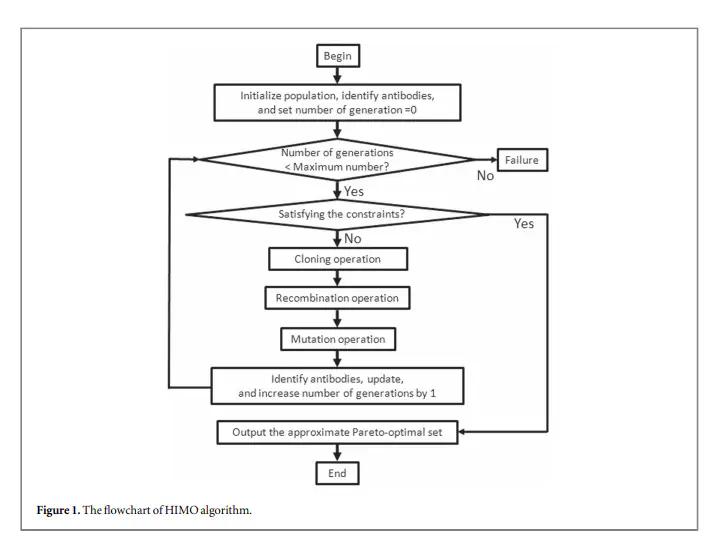Comparison of gating dynamics of different IP3 R channels with immune algorithm searching for channel parameter distributions

Abstract
The gating properties of the inositol 1, 4, 5-trisphosphate (IP3) receptor (IP3R) are determined by the binding and unbinding capability of Ca2+ ions and IP3 messengers. With the patch clamp experiments, the stationary properties have been discussed for Xenopus oocyte type-1 IP3R (Oo-IP3R1), type-3 IP3R (Oo-IP3R3) and Spodoptera frugiperda IP3R (Sf-IP3R). In this paper, in order to provide insights about the relation between the observed gating characteristics and the gating parameters in different IP3Rs, we apply the immune algorithm to fit the parameters of a modified DeYoung-Keizer model. By comparing the fitting parameter distributions of three IP3Rs, we suggest that the three types of IP3Rs have the similar open sensitivity in responding to IP3. The Oo-IP3R3 channel is easy to open in responding to low Ca2+ concentration, while Sf-IP3R channel is easily inhibited in responding to high Ca2+ concentration. We also show that the IP3 binding rate is not a sensitive parameter for stationary gating dynamics for three IP3Rs, but the inhibitory Ca2+ binding/unbinding rates are sensitive parameters for gating dynamics for both Oo-IP3R1 and Oo-IP3R3 channels. Such differences may be important in generating the spatially and temporally complex Ca2+ oscillations in cells. Our study also demonstrates that the immune algorithm can be applied for model parameter searching in biological systems.